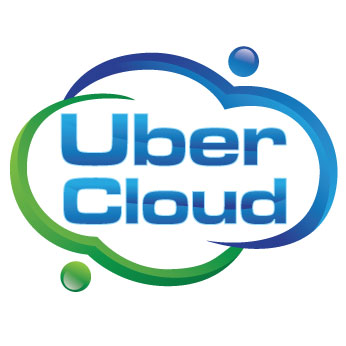“Ubiquitous computing names the third wave in computing, just now beginning. First were mainframes, each shared by lots of people. Now we are in the personal computing era, each person and machine staring uneasily at each other across the desktop. Next comes ubiquitous computing, or the age of calm technology, when technology recedes into the background of our lives.”
-Mark Weiser, Xerox Parc, 1996
The concept of democratizing technology, and specifically simulation technology, has been around for decades. The rise of the internet has powered that democratization by making high power computing (HPC) readily available through the cloud. But progress toward democratization has been slow, hindering growth in the engineering industry. Revolution in Simulation was founded to spur democratization in simulation and make advanced simulation tools accessible to everyone.
A non-profit organization, Revolution in Simulation represents a collaboration and alliance among leading simulation industry professionals who volunteer their time, expertise and passion. Members believe that advanced simulation should be accessible to everyone, and that democratized simulation makes analysis more powerful and capable for CAE experts, while also making it accessible, safe and reliable for non-experts. UberCloud is a founding sponsor of Revolution in Simulation.
Why Democratize Simulation?
Consider the evolution of CFD software. This technology was once accessible only through individual software licenses, and the software offered a one-size-fits-all simulation solution. The software was incredibly expensive, and companies had to pay for the license even when they didn’t use it. Furthermore, the software was quite complicated, effectively limiting who could use it. This model was far from cost effective for engineering teams, and it also restricted the use of CAE to a small handful of experts.
Today the internet has enabled new business models for CFD software. New software licensing models are more flexible, so engineering firms pay only for actual use. This has opened the door for more small- and medium-sized companies to take advantage of HPC-driven simulation. Meanwhile, the “appification” of simulation software has also made it more accessible to non-experts, from designers to technical sales and support staff. This access can translate into a more robust, collaborative design process.
Revolution in Simulation Executive Operating Committee member Malcolm Panthaki offered a look at the potential ROI of democratizing simulation. At the 2018 Conference for Advancing Analysis and Simulation in CAE (CAASE18), Panthaki presented “The Challenges and ROI of the Democratization of Simulation” alongside Glenn Valine of GKN Driveline NA, Inc. and Salvatore Scola of NASA Langley Research Center. They noted that as of 2014:
- Only 750,000 simulation experts were using CAE.
- Eight million engineers could directly benefit from CAE use.
- About 20 million engineers and others (such as designers) could benefit from democratized simulation.
Furthermore, according to McKinsey, the potential economic impact of automating knowledge capture and automation--which includes simulation automation--is estimated to be between $5.2 trillion and $6.7 trillion per year by 2025. Democratization of simulation, therefore, could unlock incredible ROI for the engineering industry. However, multiple factors are slowing democratization, from cultural and organizational barriers, to the difficulty of automatic meshing.
Resources to Promote Democratization of Simulation
Panthaki’s full presentation, which includes case studies from both GKN Driveline NA, Inc. and NASA Langley Research Center, is just one of the many resources available through Revolution in Simulation.
Success Stories
Read how companies are using cloud-based HPC and simulation technologies to spark innovation in Success Stories.
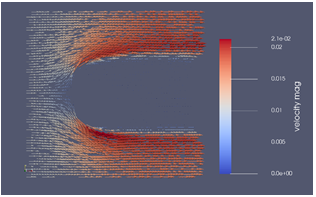 |
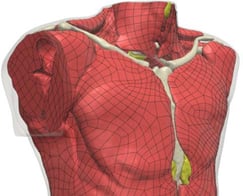 |
| Deep Learning for Fluid Flow Prediction in the Cloud |
Torso Model Generation for Simulating Pacemaker Performance |
 |
 |
| Improving the Flow of an Exhaust Pipe for a Duct System |
Rimac’s Journey Towards Full Vehicle System Simulation |
RevSim Virtual Coffee Break
Hosted by Revolutions in Simulation Executive Operating Committee Member Bob Farrell, Rev-Sim Virtual Coffee Break is a video series that takes a quick look at case studies in democratization of simulation. Videos are available on YouTube.
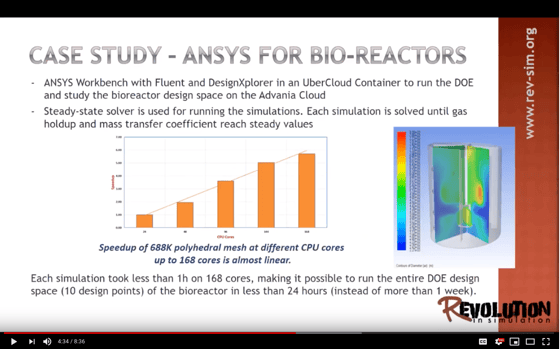 |
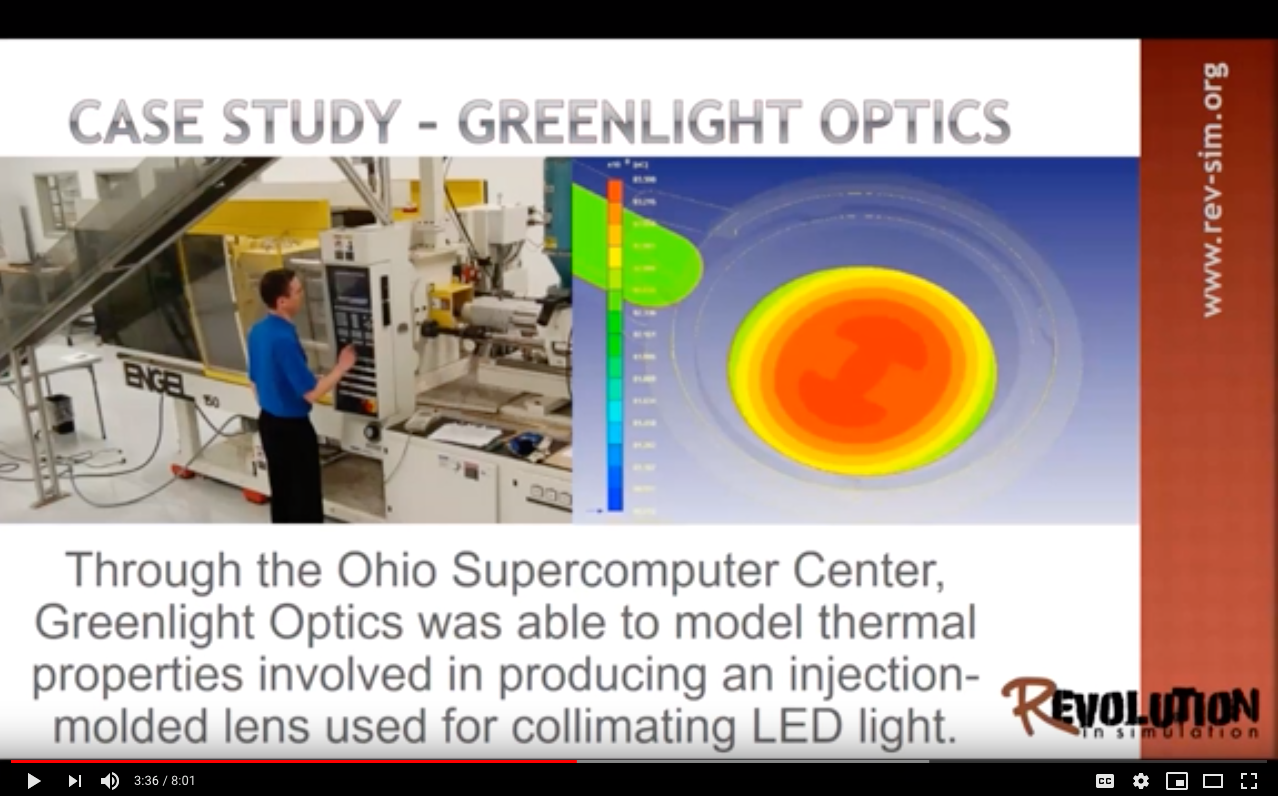 |
| ANSYS for Bioreactors | Injection Molded Plastic Lenses by Greenlight Optics |
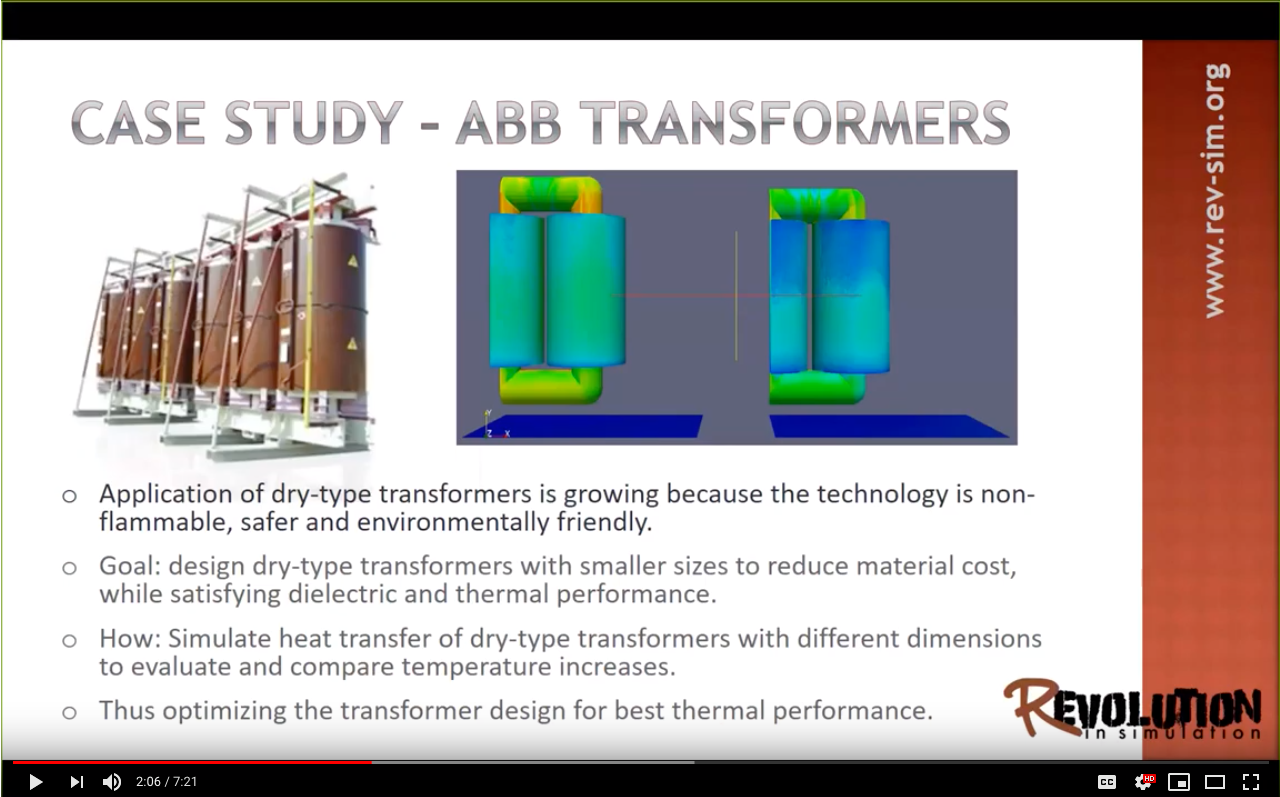 |
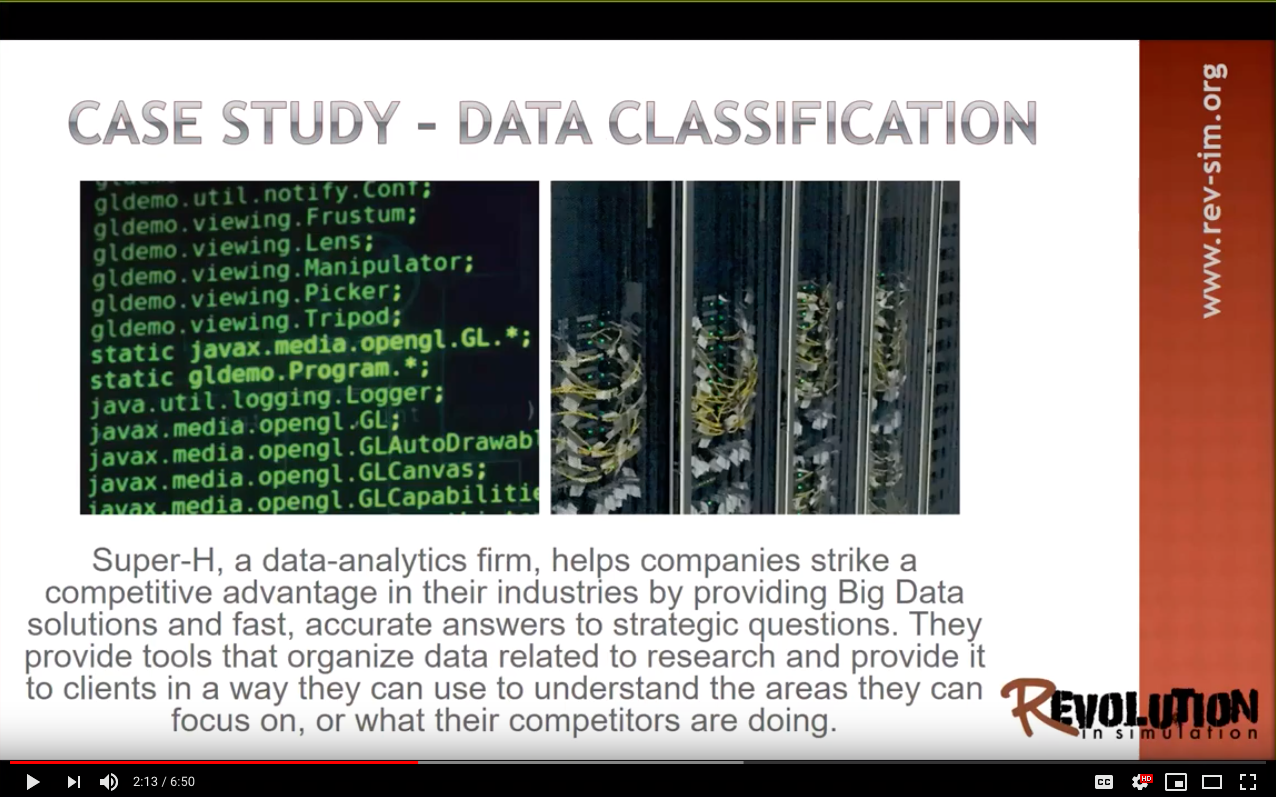 |
| CFD Modeling of ABB Transistors using OpenFOAM |
Data Classification |
You’ll also find interviews with industry leaders; articles on CAE and democratization of simulation; past newsletters and much more. Be sure to register and join the mailing list to get the latest insights and news from Revolutions in Simulation.

